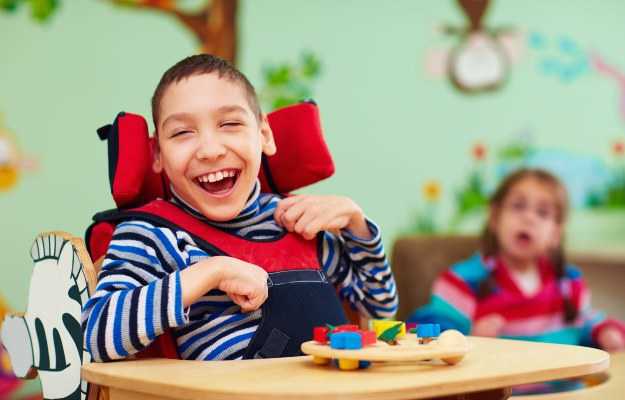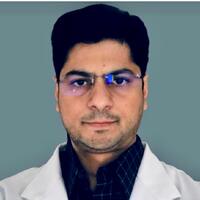Three out of every 1,000 children born in India have cerebral palsy. Over 70% of these children have a type of cerebral palsy known as spastic cerebral palsy. On World Cerebral Palsy Day 2020 (6 October), we bring to you a primer on what is spastic cerebral palsy, including information on spastic diplegia, spastic quadriplegia and spastic hemiparesis.
Also discussed here is the term "spasticity". According to medical literature, "Spasticity, a classical clinical manifestation of an upper motor neuron lesion... Clinically spasticity manifests as an increased resistance offered by muscles to passive stretching (lengthening) and is often associated with...clasp-knife phenomenon, increased tendon reflexes, clonus, and flexor and extensor spasms."
In other words, spasticity is characterised by a combination of high muscle tone (hypertonia), increased resistance in muscles that can't stretch enough to allow fluid movement, constant muscle contraction, muscle spasms and exaggerated reflexes (hyperactive tendon reflexes) that can result in imprecise, sometimes involuntary, movements.
Read on to know more about spastic cerebral palsy and spasticity:



























